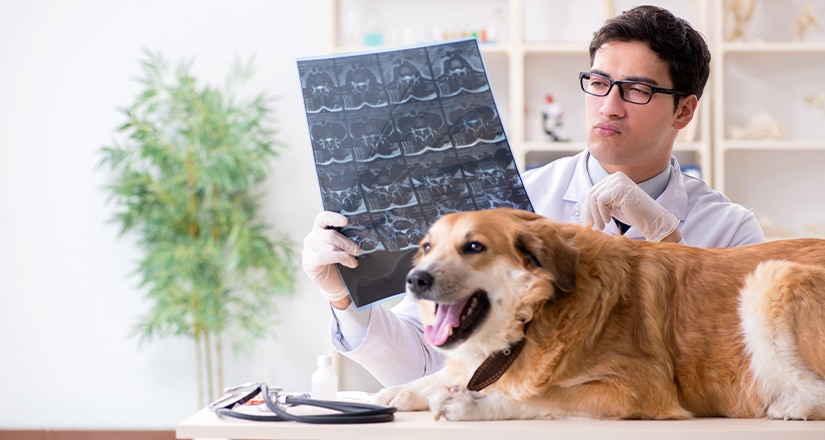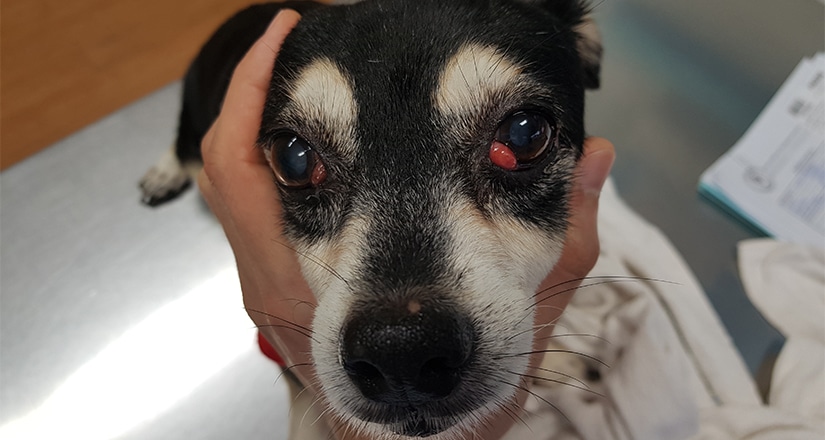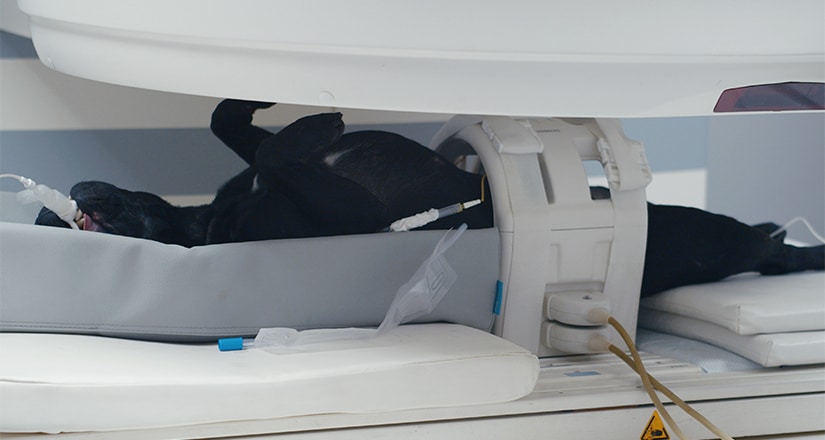A change in your dog’s ability to sense his environment can be caused by disease in either the central nervous system or the peripheral nervous system. The main signs of a nervous system disorder include behavioral changes, tremors, seizures, pain, numbness, weakness or paralysis in one or more legs, and lack of coordination.
In this blog, we will show you how to spot signs of neurological disorders in dogs. If you see these signs, you will need to visit your veterinarian.
Brain Injuries
Brain injuries have different results, depending on which part of the brain is affected. Injuries to the brain stem will result in a loss of balance, limb weakness, hyperactive reflexes, stupor, and coma. Simultaneously, injuries to the cerebrum can result in partial or complete blindness, Loss of smell, seizures, coma, confusion, pacing, or circling behavior.
Many times injuries to the brain don’t show up until 24 to 48 hours later. Internal bleeding of brain vessels and swelling may cause long-term damage. Strokes are the result of clogged arteries or high blood pressure.
Nervous system disorders can come from congenital disabilities, infections and inflammation, Metabolic disorders, Poisoning, inflammation nutritional deficiencies, cancer, and degenerative diseases. Here’s the take on what behaviors to look out for:
- Head Pressing: Your dog may compulsively press his head against the wall or a hard surface without any apparent reason.
- Pacing and Circling: Your dog may compulsively pace back and forth or walk-in circles repeatedly, which can also lead to sores on your dog’s feet.
- Changes in Behavior: Your dog may suddenly stop responding to simple commands like “sit” or “heel” while he’s out with you on his leash for a walk or in your yard.
- Seizures: Your dog may have uncontrollable shaking.
- Eye and Vision Problems: Your dog may start to bump into walls or objects and may also start to rub his eyes continually, which can result in lesions, cuts, or injuries.
- Reflex Problems: Your dog may have trouble catching a ball or going up and downstairs.
- Facial paralysis this may come about as a result of rough handling or car accidents. Paralysis on one side of the face is expected when the facial nerve is damaged When there’s damage to both sides of the beginning; it’s harder to recognize. Affected dogs may drool and have a dull facial expression. The dog will not be able to move lips, ears, eyelids, or nostrils.
There is no treatment, and this is a fatal condition.
12 Causes of Neurological Disorders in Dogs
- Prosencephalon Disease: your dog may have damage to his forebrain and thalamus parts of his brain.
- Toxic Poisoning: your dog may have ingested toxic materials in his food, consumed toxic products like sugar-free gum in your home or the street.
- Metabolic Disorder: your dog may have an imbalance of sodium in his blood, such as hyper or hyponatremia.
- Tumors: your dog might have a tumor in his brain or anywhere in his body that’s affecting his nervous system. Tumors are classified by the cell type involved and growth pattern, tumor behavior, and any secondary changes around the tumor. Brain tumors are usually found in senior pets and are the more common site of primary tumors. Several dog breeds are prone to brain tumors. These include the brachycephalic dog breeds. Other dog breeds include the following:
- Boxers
- English Bulldogs
- Boston Terriers
A few tests are used to confirm the presence of a brain tumor. Cerebrospinal fluids analysis may be part of testing. The outlook is not suitable for dogs with brain tumors, and prognosis depends on where the cancer is, the extent of the tissue damage, access by surgery, and how fast it is growing.
- Rabies: is caused by a viral infection that spreads to the nervous system from the peripheral nerves. Signs include the following:
- Loss of motor coordination
- Progressive paralysis
- Loss of reflexes
With rabies, there is no treatment, and vaccination is key to preventing this deadly viral infection.
- Dysautonomia is a disorder of the nervous system that controls many reflexes and other neurological functions that the dog does not consciously control. Signs include the following:
- Loss of pupillary light reflexes
- Eyelid may droop or protrude abnormally
- Eyeball position may be abnormal
- Painful or difficult urination
- Pneumonia
- Lethargic behavior
- Weight loss
- Car Accident: your dog may have been struck by a car.
- Head Injury: your dog may have crashed into a hard surface like a wall, glass door, or cement floor. Injury and trauma usually come about as a result of a spinal fracture or dislocation. Dogs can suffer this sort of injury from a gunshot, bite wound, or car accident. Secondary damage includes bleeding, swelling, destruction to the nerve sheath, and tissue decay. Signs of this sort of trauma may include the following:
- Rigid paralysis or limb paralysis spreads to the entire body over several days and leads to respiratory paralysis death. Drug treatments may work if started right away, and many dogs with mild neurological signs may recover within 4 to 6 weeks after an injury.
- Lead Poisoning: your dog may have eaten paint that contains toxic ingredients like lead.
- Poisoning or organophosphate intoxication is seen after the ingestion of pesticides that contain organophosphates. Delayed paralysis can come about a week to 4 weeks later. Partial hind limb paralysis can take place and worsen progressively until all four legs are affected. The outlook is poor for dogs that have severe signs.
- Tetanus: is caused by toxins produced by Clostridium tetani that enter the body via a wound. Although dogs are usually resistant to tetanus, there are cases. Signs typically occur 5-10 days later and include the following:
- Muscle stiffness
- Inability to swallow
- Rigid leg extension
- Protruding eyelids
- Locking of the jowl and facial muscles
Dogs that have been affected mildly may survive, but in severe cases, death occurs due to respiratory paralysis.
- Parasites: worms and insects can also cause central nervous system disease. Your vet will need to eliminate other causes like rabies and then identify the specific parasite. These may include:
- Tapeworms
- Flukes
- Roundworms
5 Diagnoses for Neurological Disorders in Dogs
- Eye Examination: Your dog’s eyes can be dilated, which allows an examination of your dog’s retina and structures in the back of his eyes that may indicate an infection or inflammatory disease, or brain irregularities.
- Blood Pressure: Your dog’s blood pressure can be tested to see if he has high or low blood pressure that may indicate trouble with his nervous system or circulation.
- MRI: Your dog can have an MRI, which will scan his brain.
- Urine Analysis: You can ask your vet to do a urine analysis to check for metabolic imbalances.
- Blood Tests: You can ask your vet to do blood tests to indicate blood lead counts or toxins.
Treatment for Neurological Disorders in Dogs
Care for your dog with neurological disorders can vary from hospitalization, drugs, treatments, and therapy. Care begins with a history and general physical examination. A neurological exam follows this.
If your dog is diagnosed with a neurological disorder, you should be prepared for repeat visits to your vet, and you will need to monitor your dog’s progress and follow-up care. The first step is visiting your vet as soon as you notice signs of a neurological disorder in your dog. Keep in mind that the earlier you take out pet insurance, the easier it will be on your finances if you have a veterinary emergency.



